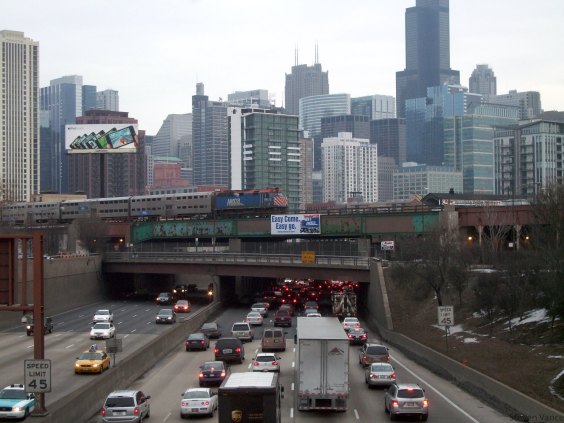Talk about privatizing Amtrak is back in the spotlight again. I get the frustration — countries like Japan, Germany, France and others have fast, frequent trains on sleek, modern tracks, while U.S. passenger rail feels stuck in the past: slow, unreliable, and inconvenient.
But let’s be clear — Amtrak’s government ownership isn’t the problem. The issue runs deeper.
In those other countries, the tracks are publicly owned, and their governments consistently invest in maintaining and upgrading rail infrastructure. They prioritize speed, frequency, and user-friendly schedules because they see passenger rail as essential.
Meanwhile, here in the U.S., we’re still relying on a rail network built in the 19th century. While it was privately constructed, it was done within the engineering limits of the era, with curvy alignments and limited use of tunnels. Back then, rail lines didn’t need to be straight and fast as trains only had to compete with canals, stagecoaches and riverboats — not cars and airplanes.
Today’s transportation needs are entirely different. Building modern alignments that can compete with highways and aviation is a big task — and one that private investors simply can’t tackle alone, especially when those competing modes receive massive government support.
Brightline’s efforts show some promise, with its Miami-to-Orlando route already running and construction underway for a Southern California-to-Las Vegas line. But Brightline is an exception rather than a blueprint for national success. Its model depends on some public investment and will work only on the most densely traveled routes. It won’t deliver the robust, interconnected national rail network we need that, like our highway network, would allow Americans to travel throughout the contiguous 48 states. We also don’t know yet if the Brightline model will succeed over the long run.
If we want to involve the private sector effectively, we first need a dedicated passenger rail network that is publicly owned and segregated from private freight traffic.
This idea isn’t radical; publicly-owned infrastructure is exactly how highways and airports operate. Those systems don’t have to turn a profit because they’re considered public goods that stimulate private economic activity — airlines, trucking, bus companies, and all the spinoff economic activity generated by moving people and goods. There’s no reason to treat passenger rail differently.
Europe offers valuable lessons here. The European Union mandates open access to state-owned tracks. Wherever a private operator wants to operate a route, public subsidies to competing services are not permitted. That doesn’t mean no routes require subsidies — many still do — but the EU recognizes that to have a robust passenger rail network, some routes will require public support. Their approach is working: fares have dropped by half, ridership has surged, and competition has improved service quality. The U.S. could benefit from adopting this mindset.
How do we get there? Congress needs to take three major steps.
First, they need to create a trust fund for passenger rail that matches the scale of the Highway Trust Fund — about $42 billion per year.
Second, they must establish a federal policy framework that works as smoothly as those for highways and aviation.
And third, they should create a federal Passenger Rail Authority to work with states to plan a national network, oversee its construction and maintenance, and use franchising and bidding to promote operator competition.
To prove this concept works, Congress could start with the Northeast Corridor — the busiest rail route in America — and other key lines like the Philadelphia-Harrisburg Keystone Corridor and New York City-Albany Empire Corridor. The new federal authority would take ownership of these routes and be provided sufficient federal funding for modernization and maintenance. It would then sell operating slots to Amtrak and private companies for intercity services while working with local transit agencies to ensure fair access for commuter trains.
Americans overwhelmingly want modern passenger trains operating on a system that connects cities efficiently, reliably, and faster than a car. Privatizing Amtrak without creating a more effective model for modernizing passenger rail infrastructure and delivering service won’t get us anywhere.






